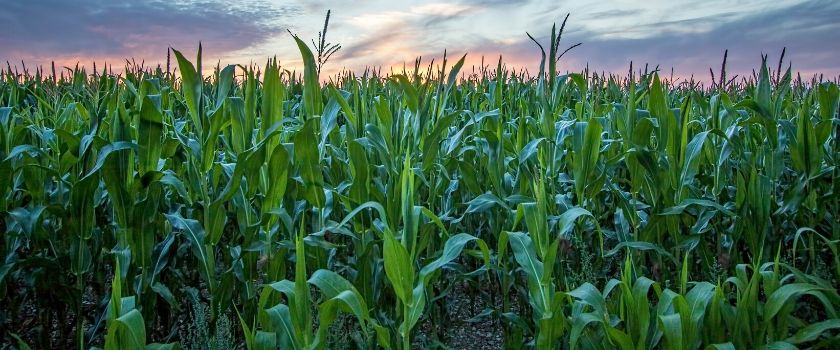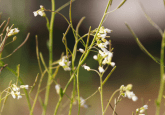Casparian strips: rooting out the mechanism of plant nutrient control

Casparian strips, responsible for sealing the gaps between plant cells and preventing the loss of nutrients, have had their formation explained in a new study.
A recent study from researchers at the University of Nottingham (UK), led by Guilhem Reyt, has uncovered a mechanism impacting the uptake of minerals and water into plants through their roots. The discovery could have implications for producing climate-resistant plants that are less reliant on fertilizers.
The pressing need for a twofold increase in crop production by 2050, in order to keep up with the rapidly expanding global population, highlights the importance of this work while pressurizing the discovery to be translated into an actionable solution.
To study the mechanism responsible for mineral and water uptake, the researchers focused on Casparian strips, vital structures that are known to regulate this mechanism. These cell wall modifications – composed of a strip of the protein lignin that is 2μm wide and 150nm thick – form secure seals, obstructing the passage of water and nutrients in between cells.
 Plant cell wall research unveils opportunities to protect against crop diseases
Plant cell wall research unveils opportunities to protect against crop diseases
New research has demonstrated that extracts from plant cell walls can be used to develop sustainable treatments to protect against crop diseases.
By reviewing the genes that had been downregulated in a loss of function mutation in a transcription factor associated with the formation of Casparian strips, the team identified the Uclacyanin1 gene (UCC1), a member of the copper-containing phytocyanins family. The team then examined endodermal spatiotemporal expression patterns and used a combination of single-cell RNA sequencing and CRISPR—Cas9 gene editing to further investigate UCC1, its resulting protein and its extended family.
This approach revealed that UCC1 was sub-compartmentalized withing the Casparian strips, forming a central nanodomain. Furthermore, it was demonstrated that loss of function mutations in UCC1 and UCC2 resulted in reduced lignification in this region, followed by a loss in minerals due to the increased permeability of the endoderm. This clearly displays the role of UCC1 as a key aspect of the mechanism to polymerize lignin and form strong Casparian strips.
When describing the importance of this finding, Reyt noted that, “this research is important in revealing the molecular mechanics underpinning efforts to improve mineral nutrient and water-use efficiencies and enhanced stress tolerance, making crops more able to withstand flooding, drought, nutrient deficiencies and trace element toxicities.”
For farmers in regions with poor soil nutrients and restricted access to high-quality fertilizers, this could prove groundbreaking, allowing them to grow crops with significantly higher yields in the same soil.


